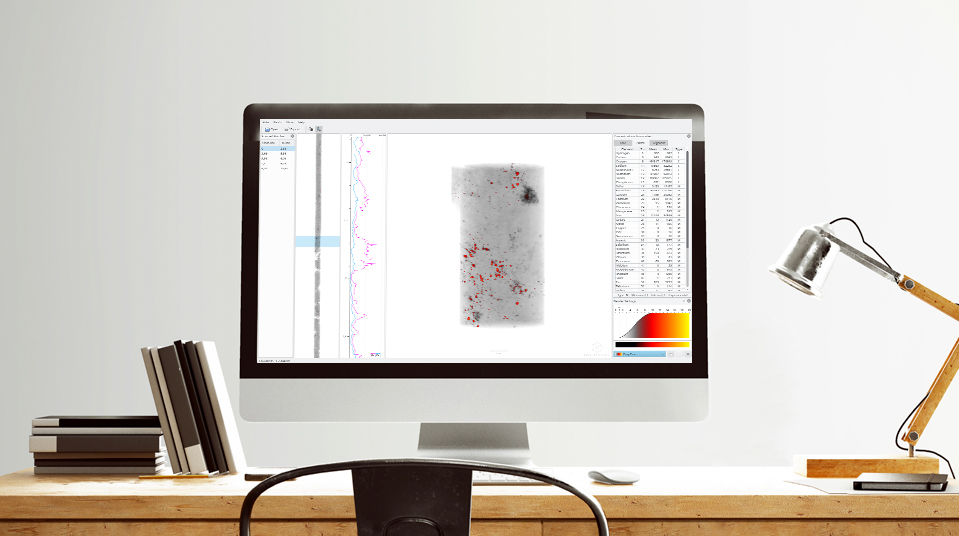Swick Mining Services has signed the first commercial agreement for its Orexplore mineral scanning technology.
The agreement, between Swick’s fully-owned subsidiary Orexplore Australia and exploration company Saturn Metals, has already led to the first batch of 30m of core from Saturn’s Apollo Hill gold project in Western Australia being processed by the patented GeoCore X10 scanning machine and technology.
The Apollo Hill gold project is made up of nearly 1,000km² of ground near Leonora in the Goldfields region.
Swick Managing Director Kent Swick said, although small in value, the agreement was a major milestone for the Orexplore technology.
“This deal comes barely two months after Swick officially launched the Orexplore mineral analysis technology in Australia and is a major step towards commercialisation of this world-first technology.”
Orexplore was developed over a seven-year period in Sweden and provides real-time, non-destructive assay and tomography results using whole of core data that is an improvement on the multiple weeks delay currently used in destructive chemical testing, according to Swick.
GeoCore X10 core scanning machines use patented attenuation and x-ray fluorescence combined measurement techniques to enhance the identification and understanding of key features within the entire core including:
• Geochemical composition and mineralogy
• 3D structures
• Texture, fabric and grain size
• Density
• Controls on mineralisation.
The scan results are made available to the client for viewing and analysis through Orexplore’s Insight software. This enables interactive 3D manipulation of the tomography data which can lead to accurate definition of geological structures, the ability to define lithological contacts and the true boundaries of mineralisation. It also provides element concentration data for further analysis.
Kent Swick said: “We have seen good levels of interest across a wide spectrum of potential clients who have been trialling the product since it was introduced. Many of those are now deciding how to use the technology in their current work flows and we are confident a number of proposals will be converted into laboratory scanning agreements soon.”











